By Vision Reporters
You probably skipped a rope made from dry banana fibres or played with a toy or a football fashioned from the same material.
But your teachers did not use teaching aids made from locally available materials like banana fibres to teach you perhaps because there were enough standard learning tools in your school.
However, the teachers in schools in Kamuli, Buyende and Lamwo districts are turning back to products made from locally available materials like banana fibres as teaching tools.
Rather than writing the figures on the blackboard and asking the pupils to recite them as the only way of teaching the children to count, they are now using footballs or toys made from banana fibres to teach learners how to count.
For instance, if a teacher wants to know if a child understands the quantitative value of figure 5, they ask them to pick up the number of footballs representing this number.
The use of these materials as teaching aids and play materials is being promoted under two separate projects, Play Matters and Playful Futures, implemented by the International Rescue Committee (IRC) and Plan International Uganda, an NGO, in partnership with LEGO Foundation, an NGO, which promotes learning through play, respectively.
Under these projects, teachers have been trained to make and use teaching aids from local materials to teach and deploy playful methods to deliver lessons. The children use the same local materials to play games like football and skipping ropes.
Makes learning enjoyable
Jennifer Adong, the head teacher Beyogoya Primary School in Palabek refugee settlement in Lamwo where IRC launched the Play Matters project recently, says using products from locally available resources in teaching and playing makes school enjoyable for the children.
“The more we make learning playful the more they (children) will like it, and the better they will understand what they are being taught,” she adds.
Hanifa Owobwami, a pupil of St Magdalene Early Childhood Community Development Centre in Buyende, says playing helps her make new friends while the use of toys as teaching aids allow her to learn counting faster.
But the use of products from locally available materials to teach and encourage children to play is not new in schools. During their training, the teachers are even encouraged to use the locally available resources as teaching aids.
However, as the standard teaching aids like textbooks, workbooks and wall charts became more available many teachers abandoned the use of products from locally available materials as their use was deemed unfashionable. Yet many schools do not have sufficient resources to provide the learners with expensive standard teaching aids.
Inadequate materials
Paul Malunda and Juliet Atwebembeire, the educational researchers at Uganda Management Institute, in a 2018 paper, say that the learning aids supplied by Government to public schools are inadequate for learners, and these educational institutions do not have financial resources to supplement them.
While teachers are encouraged to produce teaching aids from local materials to make their lessons more interesting and understandable for learners, many instructors lack the training and innovativeness to turn these abundant resources into learning tools, according to the by Malunda and Atwebembeire.
Irene Mbasalaki, a parent in Buyende district, who has been trained alongside teachers to make learning and play materials from local materials, says these tools help the children to comprehend concepts better.
“Because they are objects which can be touched,” she adds.
First teachers
In a 2018 report, the United Nations Children’s Fund (UNICEF) says primary caregivers such as parents are the children’s first teachers as they can stimulate child development through play-based learning, storytelling, conversations and nurturing.
The UN agency explains that children do not only learn in school settings, but also in home and community environments where they spend possibly the largest part of their early lives interacting with relatives and neighbours.
In 2020, researchers led by Etienne Twizeyimana, a scholar in the department of education management and curriculum studies at Mount Kenya University, carried out a study on the effectiveness of locally made teaching materials on students’ performance and retention of sciences in the eastern province of Rwanda.
They split the high school students into two for this study. One group was taught chemistry and other sciences with aids from locally accessible materials, while the other was not. The results showed that students who were taught with learning aids performed far better in assessments than those who were not exposed to these teaching tools.
The results, according to Twizeyimana, show that a lack of teaching aids is responsible for poor performance in this part of Rwanda where standard instructional materials are not easily accessible. The results also demonstrate that, if teachers could make their own instructional materials from locally available resources, they would improve the students’ understanding and retention of what they teach.
Hands-on learners

Annet Alitwala, the Kamuli district inspector of schools, says the use of locally made items as teaching aids and play materials fosters creativity, imagination, emotional and cognitive development among learners.
John Experito Mutono, the deputy head teacher at Gumpi Primary School in Buyende where Playful Futures was launched recently, says play helps children develop the ability to work collaboratively with peers to resolve challenges.
“They develop decision-making skills and discover new areas of interest and ultimately engage fully in pursuing their interests,” he adds.
According to the 2018 UNICEF report on learning through play, children are “hands-on” learners who acquire knowledge through playful interaction with objects and people. This, the UN agency says, allows the children to understand abstract concepts.
Play lays the foundation for the development of critical social and emotional knowledge and leadership and advocacy skills as it allows the children to forge connections with others and resolve conflicts, UNICEF says. Play also enables them to contribute to their learning.
“Playing board games can strengthen math concepts while building social competence. Book clubs, dramatizing stories, and other reading games, make it much more likely for struggling readers to move ahead and not give up,” UNICEF adds.
Misconceptions
But one of the things that have denied children learning through play opportunities at schools is the belief that playing is a waste of academic time. However, UNICEF says this is a misconception fueled by a lack of understanding of the benefits of play to a child’s education.
It adds that children “appear to gain lasting academic and social benefits” by planning and directing their own learning through play, rather than receiving “impersonal, direct instruction focused specifically on academics, which may discourage individual initiative”.
Ketty Lamaro the permanent secretary in the ministry of education and sports says the Government is supporting the NGOs promoting the use of locally made teaching aids and integrating play in learning to promote holistic learning.
“Learning is not confined to the achievement of academic goals, but should be promoted in a range of contexts within and outside the classroom,” she adds.
Safina Mutumba, the principal education officer for pre-primary education at the ministry, says play includes a wide range of learning aspects. She explains that schools are encouraged to create sufficient time for learners to play.
Florence Nakadama, a parent in Buyende, says that she enjoyed her childhood because the children were given “enough” time to play at school and at home.
“Now children do a lot of academic work at school and at home. They have no time to play,” she adds. “Our focus is on academic grades,”
The limited standard learning and play materials in schools undermine teacher effectiveness. But teachers can make lots of teaching and play materials from locally available resources to make teaching and learning enjoyable and effective.
Reported by Andrew Masinde, Geoffrey Namukoye and Umar Nsubuga
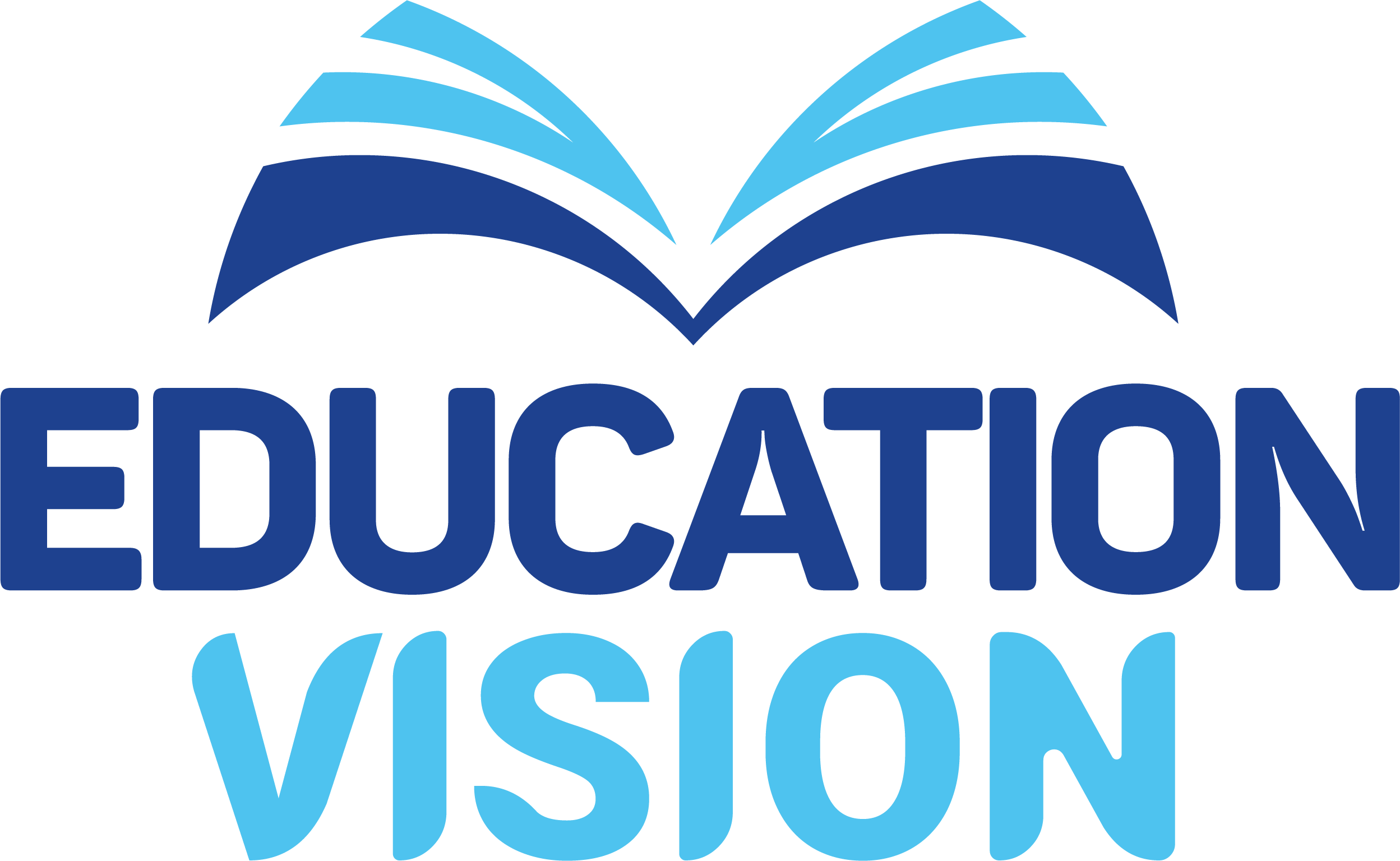

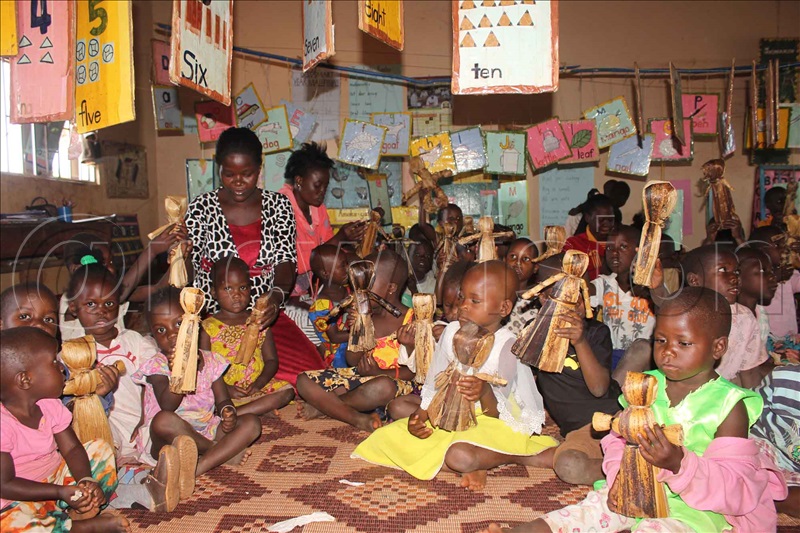
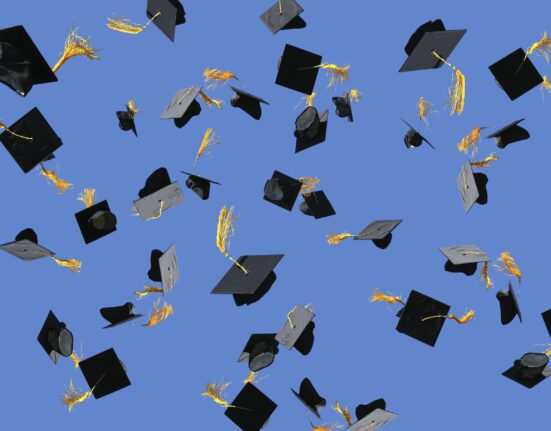

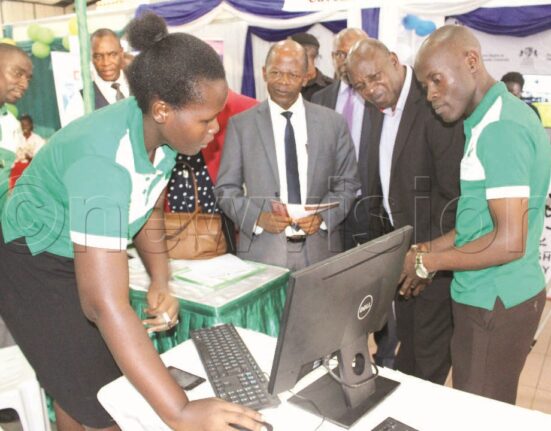

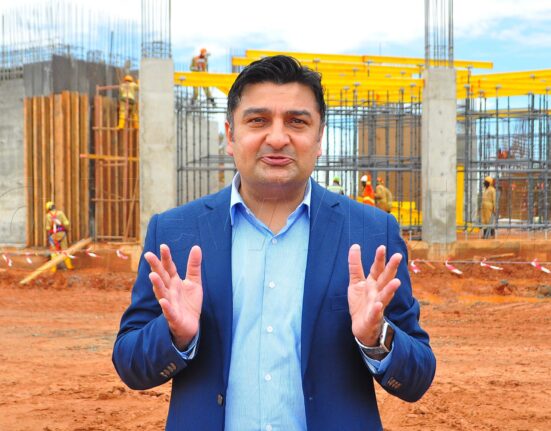
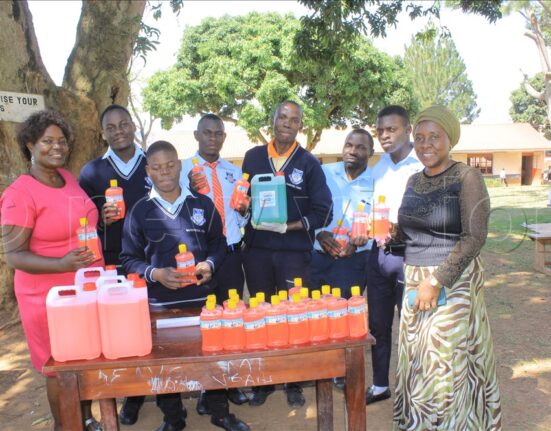
Leave feedback about this